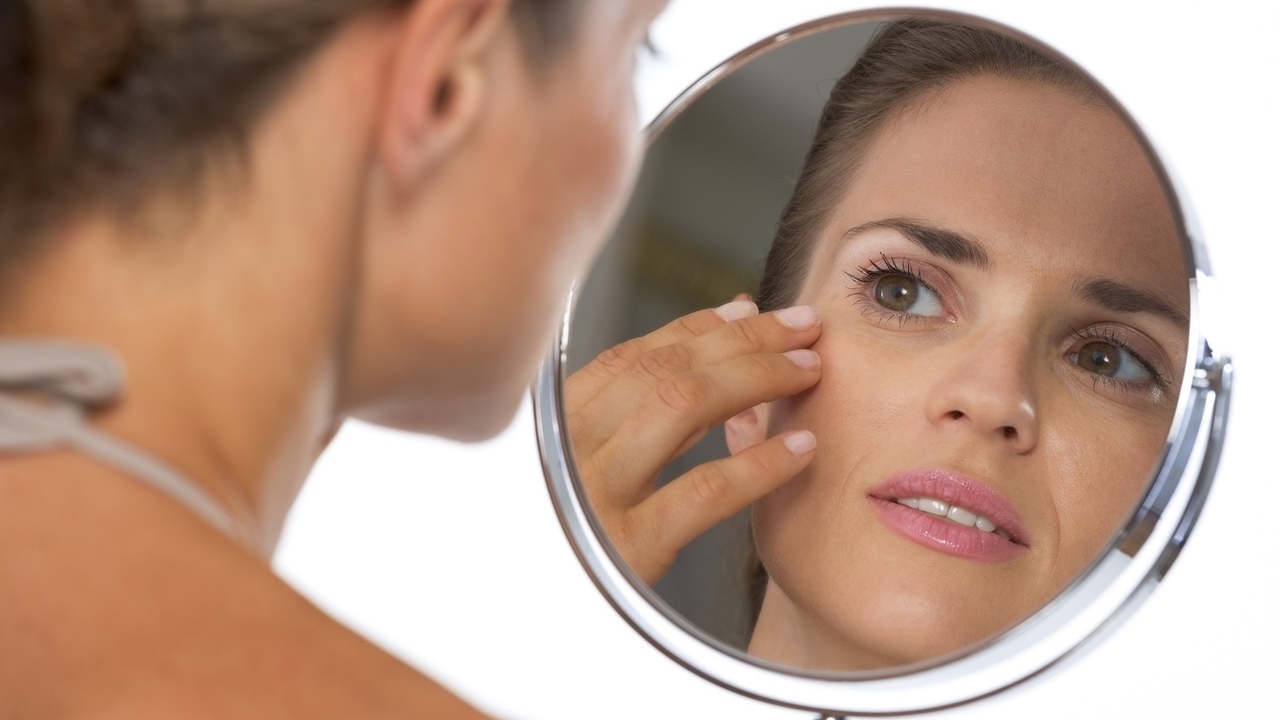Call it the revenge of the electronic screens. Many of us spend hours each day peering at computer screens, televisions, hand-held devices, cell phones, GPS monitors and more. The result: dry eyes, irritation, blurred vision, double vision, headache, and tiredness.
There's a word for this group of symptoms, or, rather, three words: "computer vision syndrome." If the proliferation of eye drop products on store shelves is any measure, computer vision syndrome is an increasingly common problem. Here are a few suggestions to help your eyes feel more comfortable:
• It's easy to forget about blinking when you're staring intently at a screen, so blink more often.
• Women are more likely to have dry eyes than men. You may want to try over-the-counter eye drops known as "artificial tears." These are available as lubricated, saline, homeopathic and other types. Using a humidifier may also help.
• Turn down the lights. Reduce the wattage in desk lamps and adjust window blinds to cut down on screen glare.
• Schedule rest breaks for your eyes during your workday. The American Optometric Association recommends resting your eyes for 15 minutes after working continuously for two hours on an electronic screen. In addition, every 20 minutes, look up from the screen and refocus your eyes on a distant object.
• Want to try an alternative approach? A study in India tested 291 people who used computers at work and had similar levels of visual strain and discomfort. The researchers, who were from a yoga research foundation, put half of the subjects in a group that practiced an hour of yoga daily, five days a week. The others did their normal recreational activities for the same amount of time. After 60 days, the yoga group had reduced their eye discomfort, while the other group had increased amounts.
• The easiest suggestion of all? Clean your screen frequently. Dust and smears make words harder to read, causing you more eyestrain.
References
Blehm C, Vishnu S, Khattak A, et al. "Computer Vision Syndrome: a Review." Survey of Ophthalmology. 2005;50(3):253-262.
American Optometric Association. "Computer Vision Syndrome." http://www.aoa.org/x5374.xml Accessed August 14, 2008.
The University of Michigan Kellogg Eye Center. "Dry Eye Syndrome." http://www.kellogg.umich.edu/ Accessed August 14, 2008.
American Optometric Association. "Healthy Vision at the Computer." http://www.aoa.org/ Accessed August 11, 2008.
American Optometric Association. "Viewing the Computer." http://www.aoa.org/x5253.xml Accessed August 14, 2008.
Telles S, Naveen KV, Dash M, et al. "Effect of Yoga on Self-Rated Visual Discomfort in Computer Users." Head & Face Medicine. 2006;2:46.
________________________________________________________________________
© 2008 National Women's Health Resource Center, Inc. (NWHRC) All rights reserved. Reprinted with permission from the NWHRC. 1-877-986-9472 (tollfree). On the Web at: www.healthywomen.org.




Add a CommentComments
There are no comments yet. Be the first one and get the conversation started!